As an artist, knowing about different types of paintbrushes is important because it helps you to choose the right brush for the job. It will greatly affect the quality and style of your artwork.
Different brush shapes are designed for different painting techniques. Depending on how you want your work to look, you need to know what brush shape is best suited for the job.
Anatomy of A Paintbrush

Before we get into the different types of paintbrushes, lets look over the anatomy of a paintbrush:
- Bristles/Hairs: The bristles or hairs are the most important part of the brush. They can be made of natural materials such as animal hair or synthetic materials such as nylon. The bristles can be arranged in different shapes and sizes to achieve different effects.
- Ferrule: The ferrule is a metal band that holds the bristles in place. It is usually made of aluminum, nickel, or brass. The ferrule is crimped onto the handle of the brush and is designed to keep the bristles in place.
- Handle: The handle of the brush is usually made of wood, plastic, or metal. It is the part of the brush that the artist holds onto. The handle can be either short or long, depending on the type of brush and the intended use.
- Crimp: The crimp is the part of the ferrule that is squeezed down onto the bristles to hold them in place. The crimp can be either a single or double ring, depending on the size of the brush.
- Toe: The toe is the pointed tip of the brush. It is the part of the brush that makes contact with the painting surface. The shape of the toe can be flat, round, or pointed, depending on the type of brush and the desired effect.
Different Types of Paintbrushes Shapes:
Round Brushes
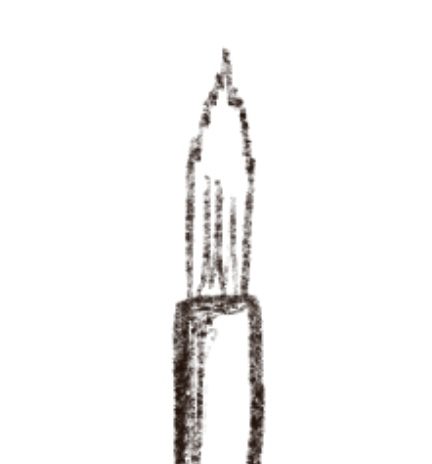
These brushes have a pointed tip and are ideal for adding detail and precision to your painting. They come in a range of sizes, from small to large. They have a smaller toe, and a circular crimp.
Round paintbrushes are typically used for adding detail and precision to a painting. They have a pointed tip that allows you to create fine lines and small details, such as eyes, facial features, and small objects.
They can also be used for creating curves, circles, and filling in small areas. Round brushes come in a range of sizes, from small to large, so you can choose the size that best fits your needs. They are commonly used in watercolor, gouache, and acrylic painting techniques, but can be used for any type of painting where fine details are important.
Flat Brushes
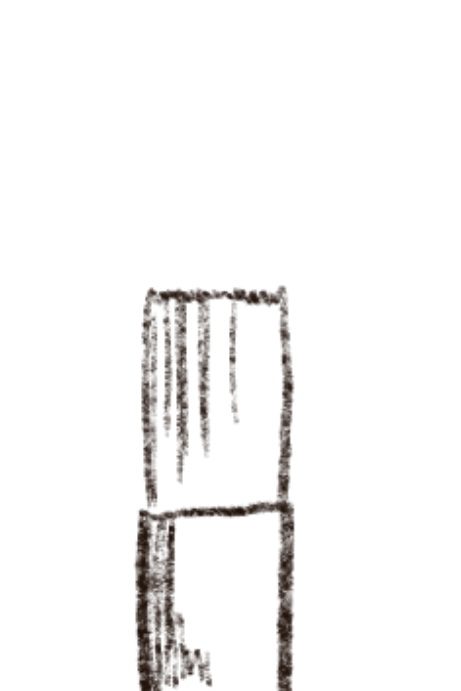
Flat-tipped paintbrushes are typically used for painting large areas or creating broad, flat strokes. They have a rectangular shape with a flat, wide tip and crimp that allows you to cover a lot of surface area quickly and evenly. They are ideal for painting backgrounds, landscapes, and large objects, as well as for creating straight lines and edges.
Flat brushes come in a range of sizes. From small to large, they are used in acrylic, oil, and watercolor painting techniques. They can also be used for dry brushing and scumbling techniques, where the brush is used to drag paint across a textured surface to create an interesting visual effect.
Filbert Brushes
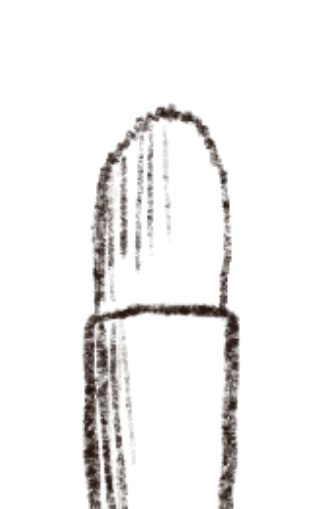
Filbert paintbrushes are typically used for blending colors, creating soft edges, and painting rounded shapes. They have a flat crimp, and an oval-shaped tip that allows you to create broad strokes with soft edges.
The shape of the brush makes it easy to blend colors together and create gradients. Also, to create organic shapes, such as flowers, leaves, and clouds. Filbert brushes come in a range of sizes, from small to large, and are commonly used in oil and acrylic painting techniques. They can also be used in watercolor painting, although they are not as common.
Fan Brushes
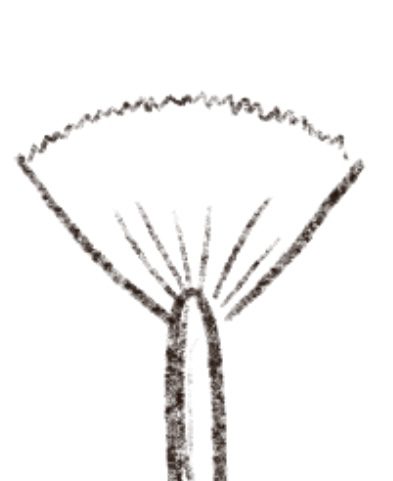
Fan paintbrushes are typically used for creating texture, blending colors, and painting small details. They have a flat, fan-shaped tip that allows you to create a variety of effects. This is best used for stippling, splattering, and feathering.
They are great for adding texture to foliage, hair, and fur, as well as for blending colors together to create smooth transitions. Fan brushes come in a range of sizes, from small to large, and are commonly used in oil and acrylic painting techniques. They can also be used in watercolor painting, although they are not as common. Overall, fan brushes are a versatile tool that can add interest and depth to a painting.
Mop Brushes
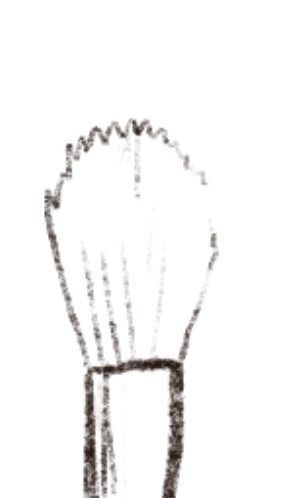
Mop paintbrushes are typically used for creating soft, delicate washes of color. They have a large, rounded tip that can hold a lot of water and pigment. They are ideal for wetting paper and creating a smooth, even layer of paint.
Mop brushes are often used in watercolor painting to create large areas of color, such as a sky or a background. They can also be used for creating gradient effects and for blending colors together. Mop brushes come in a range of sizes, from small to large, and are often made from soft, natural hair, such as goat hair or squirrel hair. Overall, mop brushes are a great tool for achieving a soft, dreamy look in your watercolor paintings.
Angle Brushes
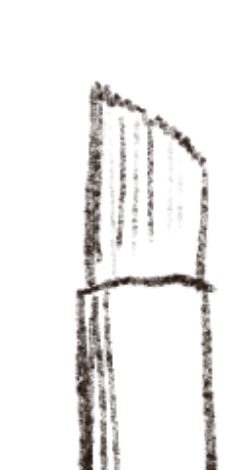
Angle paintbrushes are typically used for creating angled strokes and for painting in tight spaces. They have a slanted tip that allows you to create diagonal lines and sharp edges. They are used to paint in corners and other hard-to-reach areas. Angle brushes are often used in acrylic and oil painting techniques for creating textures and for painting architectural details, such as windowsills and doorframes.
They come in a range of sizes, from small to large, and can be used for both detailed work and for covering larger areas quickly. Overall, angle brushes are a versatile tool that can add precision and interest to your paintings.
Detail Brushes

Detail paintbrushes are typically used for creating fine lines and small details in a painting. They have a pointed tip that allows you to create precise strokes and fine details, such as facial features, eyes, and small objects.
Detail brushes come in a range of sizes, from extra fine to small, and are commonly used in watercolor, gouache, and acrylic painting techniques. They are also useful for dry brushing and adding texture to a painting. Detail brushes are a crucial tool for artists who want to add intricate details and finishing touches to their work.
Different Paintbrush Materials
Paintbrushes can be made from a variety of materials, including natural hair, synthetic hair, and bristles. The type of material used depends on the intended use and the medium being used. Here is a breakdown of the different materials and their typical uses:
- Natural hair brushes: These are made from animal hair, such as sable, squirrel, or hog bristle. They are typically used for watercolor and oil painting. Sable brushes are prized for their softness and flexibility, making them ideal for creating fine details, while hog bristle brushes are stiffer and are used for creating texture and applying thicker paint.
- Synthetic hair brushes: These are made from synthetic materials, such as nylon or polyester. They are typically used for acrylic painting and can mimic the properties of natural hair brushes. Synthetic brushes are often more affordable than natural hair brushes, and they are easy to clean and maintain.
- Bristle brushes: These are made from natural or synthetic bristles, which are stiffer and stronger than hair brushes. They are typically used for oil painting, as they can handle heavy-bodied paints and create texture.
In general, natural hair brushes are preferred for watercolor and oil painting, while synthetic brushes are preferred for acrylic painting. However, there are exceptions to these rules, and the choice of brush ultimately comes down to personal preference and the intended use.
